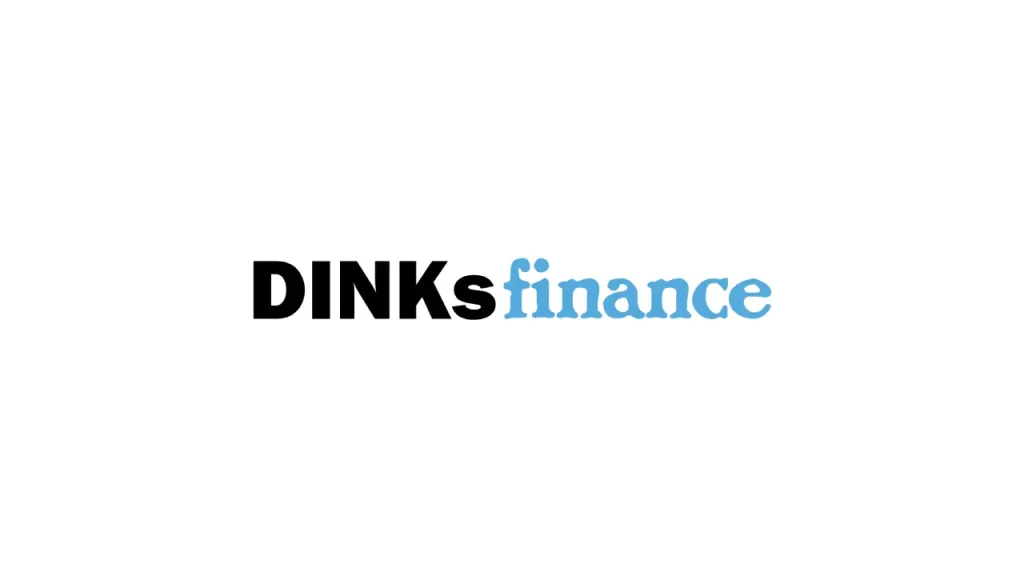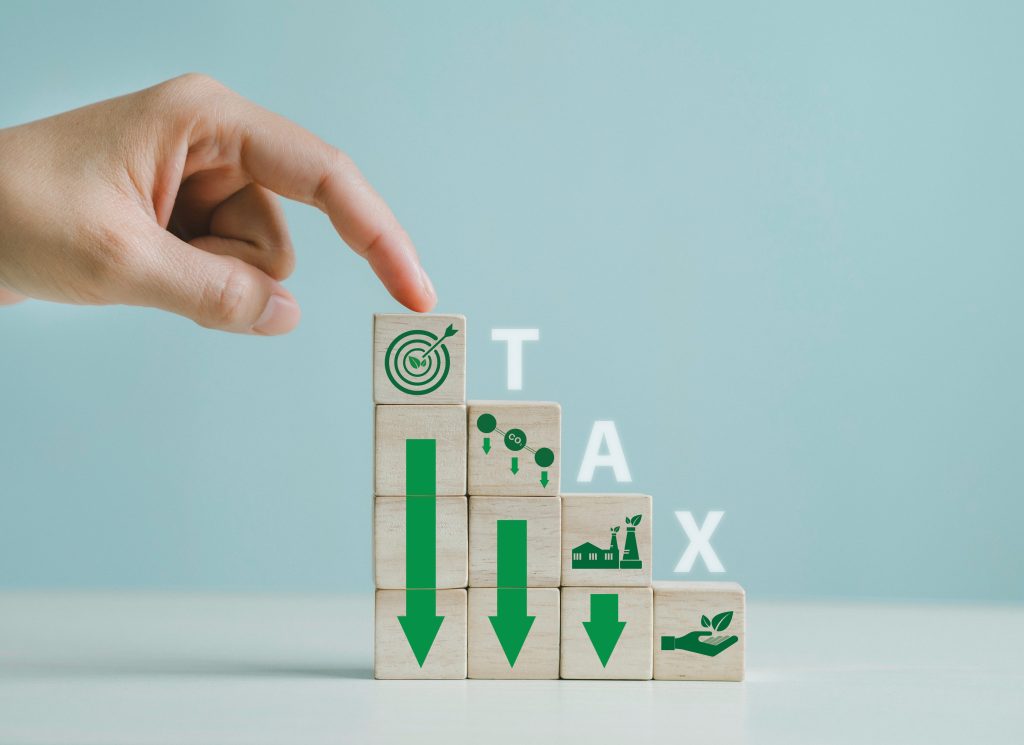
Tax obligations don’t just come to life in April—they build up silently throughout the year. Without the right strategy, it’s easy to end up surprised by what you owe and miss opportunities that could have lowered your bill.
Being intentional with your finances well before tax season starts can make a meaningful difference in your overall tax outcome. It’s not about big changes, but about making smarter decisions at the right time.
Read on to discover ways to reduce your tax burden before the year ends.

Take Advantage of Tax Credits and Deductions
Using tax credits and deductions effectively can reduce your tax bill and support your broader financial plans.
To reduce your liability and potentially free up cash for other priorities, the following are key opportunities to consider:
- Education credits: The American Opportunity Credit and the Lifetime Learning Credit can reduce your taxes if you’re paying tuition or other qualified education expenses. These credits can benefit students or parents supporting a dependent’s education, especially in the early college years.
- Energy-efficient home improvements: Residential energy credits reward homeowners who invest in sustainability. Eligible upgrades include solar energy systems, efficient HVAC installations, and high-performance windows or insulation. These credits lower your tax bill and improve long-term home efficiency.
- Child tax credit and dependent care credit: These credits help offset costs related to raising children or caring for dependents. You could benefit if you have qualifying children or pay for daycare, after-school care, or similar services that allow you to work or look for work.
Tax credits and deductions play an important role in shaping your overall financial situation. If you’re unsure what applies to you, a financial planner Penrith or one based in your area can help. They can guide you on timing, eligibility, and how to align your tax strategy with your broader financial planning approach.
Maximize Tax-advantaged Retirement Contributions
Contributing to retirement accounts with tax advantages can reduce your taxable income while strengthening your financial future. These contributions support long-term savings while offering immediate tax relief.
For retirement planning that aligns with your income level and job type, the following options may offer valuable opportunities:
- Traditional 401(k) or 403(b): If you have access to an employer-sponsored plan, contribute consistently—especially if matching contributions are available. The pre-tax nature of these plans lowers your taxable income, helping you meet your financial goals over time.
- Traditional IRA: If you’re eligible, a traditional IRA offers a way to deduct contributions and defer taxes until retirement. It works well if you don’t have access to a 401(k) or want to save in addition to it. Limits apply, but the tax deduction can support your broader financial plans.
- SEP IRA or solo 401(k): If you’re self-employed or run a small business, these plans allow higher contribution limits based on your income. They offer flexibility and tax-deferred growth, helping you build retirement savings efficiently.
Reviewing your contribution strategy before year-end can help you make last-minute adjustments.

Review Investment Strategies for Tax Efficiency
Managing your investments with taxes in mind can lead to meaningful savings, especially when timed and structured well. Strategic choices around what, when, and where you invest matter more than many realize.
To help reduce tax liability without compromising your overall financial goals, consider the following:
- Use tax-loss harvesting carefully: Selling underperforming investments to offset gains elsewhere is one way to reduce your taxable income. Just make sure your overall investment strategy stays intact. This works best when used as part of an annual portfolio review.
- Spread out gains over multiple tax years: If you’re planning to sell appreciated assets, spacing those sales across different years can help avoid pushing your income into a higher tax bracket. This approach helps preserve more of your returns over time.
- Use tax-efficient mutual funds and ETFs: Some funds are managed with taxes in mind. These typically generate fewer capital gains distributions. They’re a smart addition to taxable accounts if you’re looking to reduce your annual tax burden while staying invested.
Tax-smart investing doesn’t require a complete overhaul of your portfolio. Small, thoughtful changes can strengthen your investment plan and support your larger financial goals over time.
Make Smart Charitable Contributions
Strategic charitable giving can reduce your tax burden while supporting the causes you care about. It’s also a meaningful part of managing your personal finance, especially when aligned with your long-term financial plans.
To make your contributions work harder for you, consider the following tax-smart approaches:
- Donate appreciated investments: Giving long-held stocks or mutual funds that have increased in value allows you to avoid capital gains taxes. You may also be eligible to deduct the full market value of the asset if you itemize. This method works especially well for those who are looking to adjust their investment portfolio while staying tax efficient.
- Use a donor-advised fund (DAF): DAFs let you contribute cash or assets in one year, take the deduction immediately, and distribute the funds to charities over time. This gives you more flexibility with your giving strategy and can complement your broader financial plans.
- Bunch donations into one tax year: If your total itemized deductions fall below the standard deduction threshold, combine multiple years’ worth of donations into a single year. This can help you exceed the threshold and increase your tax deduction for that year.
Giving with intention helps align your charitable efforts with your financial goals. Planning your contributions carefully ensures they support both your values and your overall tax and financial situation.
Final Thoughts
Staying ahead of taxes starts with clarity—knowing where you stand and making thoughtful decisions that support your bigger financial picture. When your tax planning reflects your personal goals, it shifts from being a source of stress to a tool for progress. With the right timing and mindset, tax season becomes less of a burden and more of a chance to move forward with confidence.












